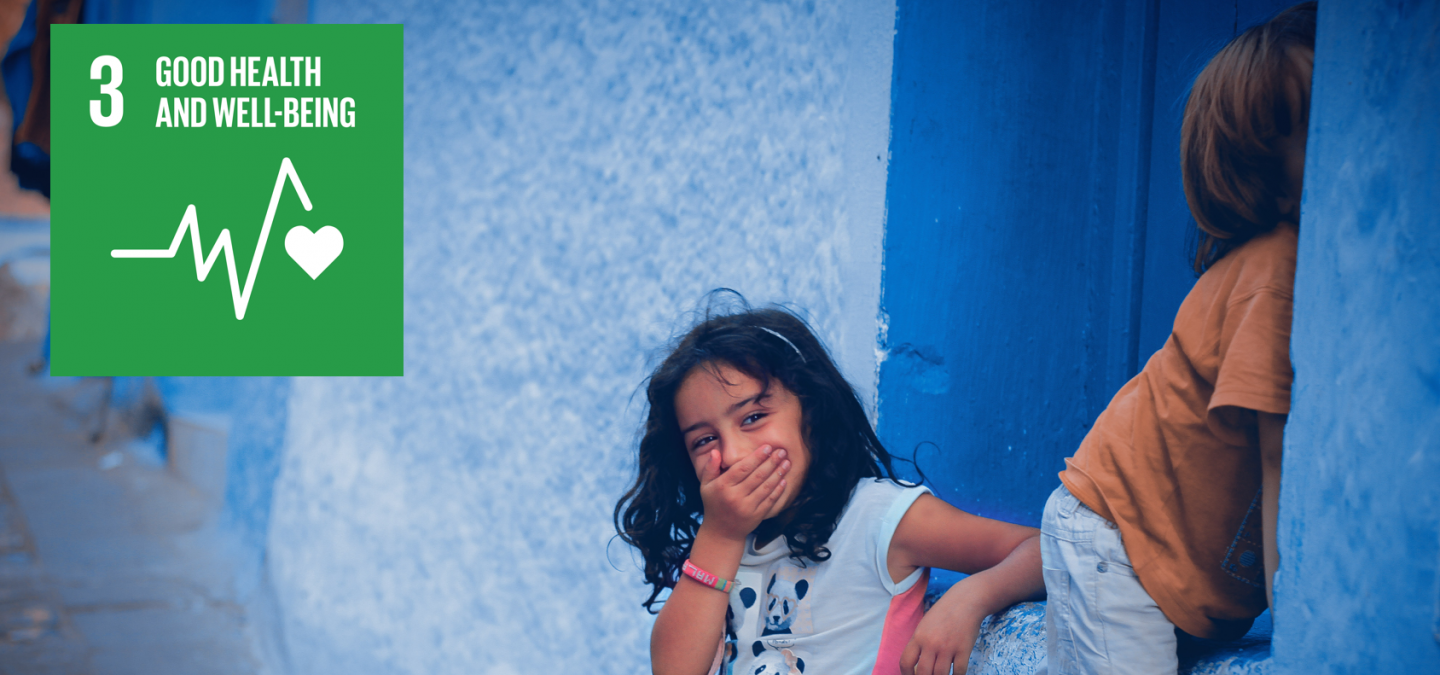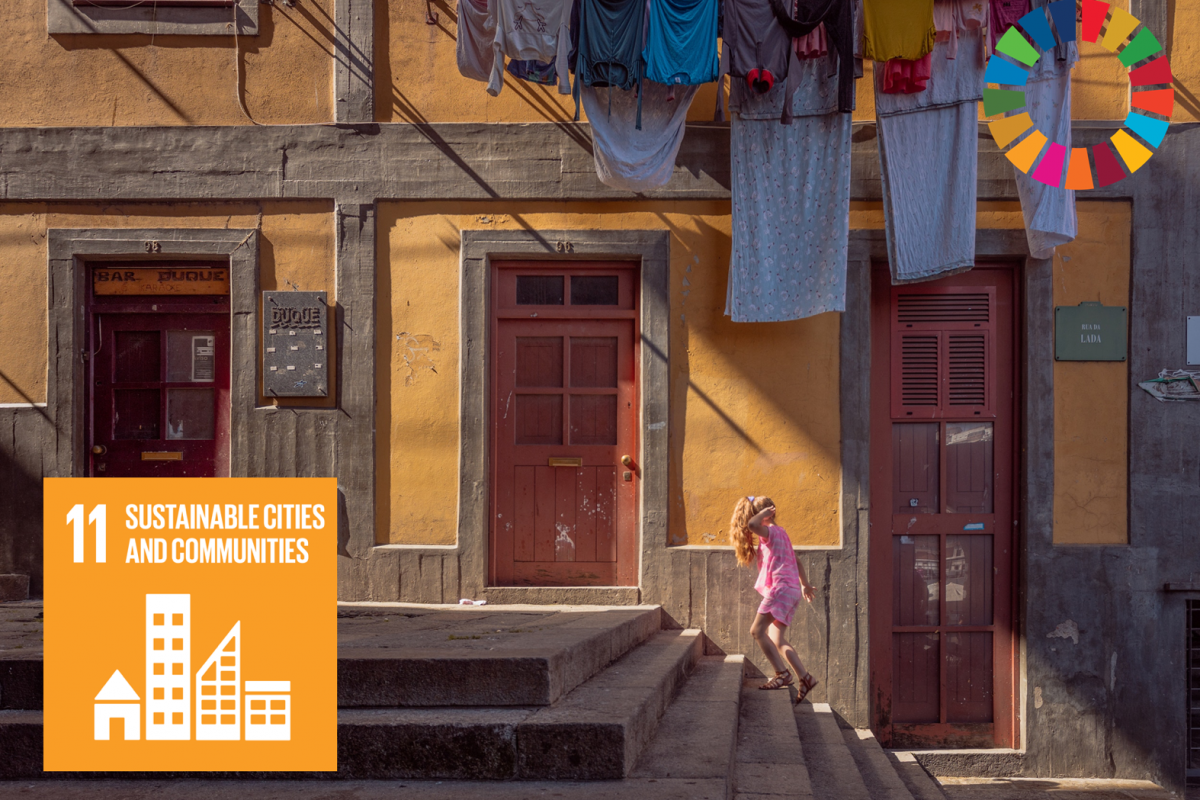
Keep up with our latest news and projects!

How would our public spaces look like, function, be used and managed, if they were planned and built from a girl’s perspective? This chapter will focus on guidelines and policy recommendations for girl centred public space planning and design. It will also show how such a focus will be crucial to reach the United Nations’ Sustainable Development Goals (SDGs) by 2030 and the New Urban Agenda (NUA) by 2036.
#UrbanGirlsMovement is a global initiative mapping good examples and lessons learned from multi-stakeholders all over the world. The purpose is to showcase global pro-poor urban development initiatives targeting girls and young women in low-income areas in rapidly urbanising cities, as well as to develop methods for local and urban development that can be applied globally. In the long run, we hope to contribute to improving the living conditions for girls and young women through participatory design and public space planning promoting public health, sanitation, access to education, employment, and security.
In order to develop adequate guidelines for practitioners and policy recommendations for decision-makers, it is essential to take into consideration both the use of public space, e.g. the software, the design of public space, e.g. the hardware and the organisation of the public realm,e.g. the orgware. What do girls need in terms of the physical environment, for example, to play on equal terms? How should space be designed in order to respond to girls’ needs? What are the main challenges when traditional norms of gender and age but also class and ethnicity, create a multi-discriminatory environment where girls are destined for the very edge of society?
Three-quarters of the world’s poorest live in lower-middle-income countries, often without adequate living conditions or access to social security. Oppression and social exclusion particularly affect girls and young women. In our first global mapping of good examples, the main challenges raised by girls and young women in urban areas were the lack of safe places, gender-based violence, access to education, sex education, adult interactions and role models, and environmental risks.
The examples highlighted implements various SDGs at the local level, such as goals 1, 3, 4, 5, 8, 10, 11, 16 and 17. In order to reach the SDGs, systematically searching for interlinkages will be crucial. We examine how integrating particularly SDG3 on health, SDG5 on gender and SDG11 on cities can provide an effective tool to tackle one of our major global challenges. Putting girls and public space at the centre of policy will definitely change the business as usual approach and guarantee meeting the needs of the larger population.
#UrbanGirlsMovement develops new methods for urban development, with a focus on feminist urban planning, that can be applicable globally. In all projects young women are key stakeholders, hence we have gained unique insights into some of the specific challenges they face, and how inextricably linked girls’ development is to a range of development issues.
Through participatory design and public space planning the target groups’ needs are highlighted and priorities are established for the planning of physical spaces, social and economic programs. The activities empower girls and young women and demonstrate how participatory design and public space planning is crucial as stepping stones for youth to improve their chances of a fruitful life. Many initiatives have noticed that girls and women to a greater extent than boys and men take advantage of the opportunities provided. They also tend to carefully safeguard the longevity of the project or infrastructure put in place.

How should a city be planned in order to benefit the most vulnerable populations? A girl centred public space planning and design must take into account the three levels in the cityscape: the level of the building, the street level and the wider city context:
1. Good footpaths and public mobility – the ability to push a baby stroller or run without watching your steps. It also provides connectivity to important sites in a city. The mobility issue is a direct issue sprung from norms. Girls do not own a car nor drive, but a majority of the public space is taken up by roads, where cars occupy the majority of the space. Instead, sidewalks need to be widened and roads turned into walkable streets.
2. Places for girls to loiter – benches faced towards each other make it possible to socialise and talk to one another. Experience from informal settlements says that if there is a lack of seating, for example, benches, girls in skirts or dresses will not sit down, neither stay standing but just quickly pass through. But as squatting is common among guys, automatically the city will become more accessible to them.
3. Good lighting makes a place less threatening during the dark hours of the day, particularly for girls. A city where girls cannot move freely at all hours of the day is not an equal city.
4. Visibility and presence of authorities – this contributes to the conception of girls’ safety. The feeling that everyone can see all the activities carried out in a public place creates a feeling of safety. It also encourages positive activity and behaviour. A lively place often becomes a safer place.
5. Open access – semi-public or semi-private spaces such as parks with fees, museums or restaurant terraces. Places that are not open access for free, systematically exclude the poorest part of the population, e.g. girls.

This article belongs to a series of stories about the city at eye level for kids! You can access the full book online in PDF or pre-order your hardcopy to be delivered to your home.
Get your book here